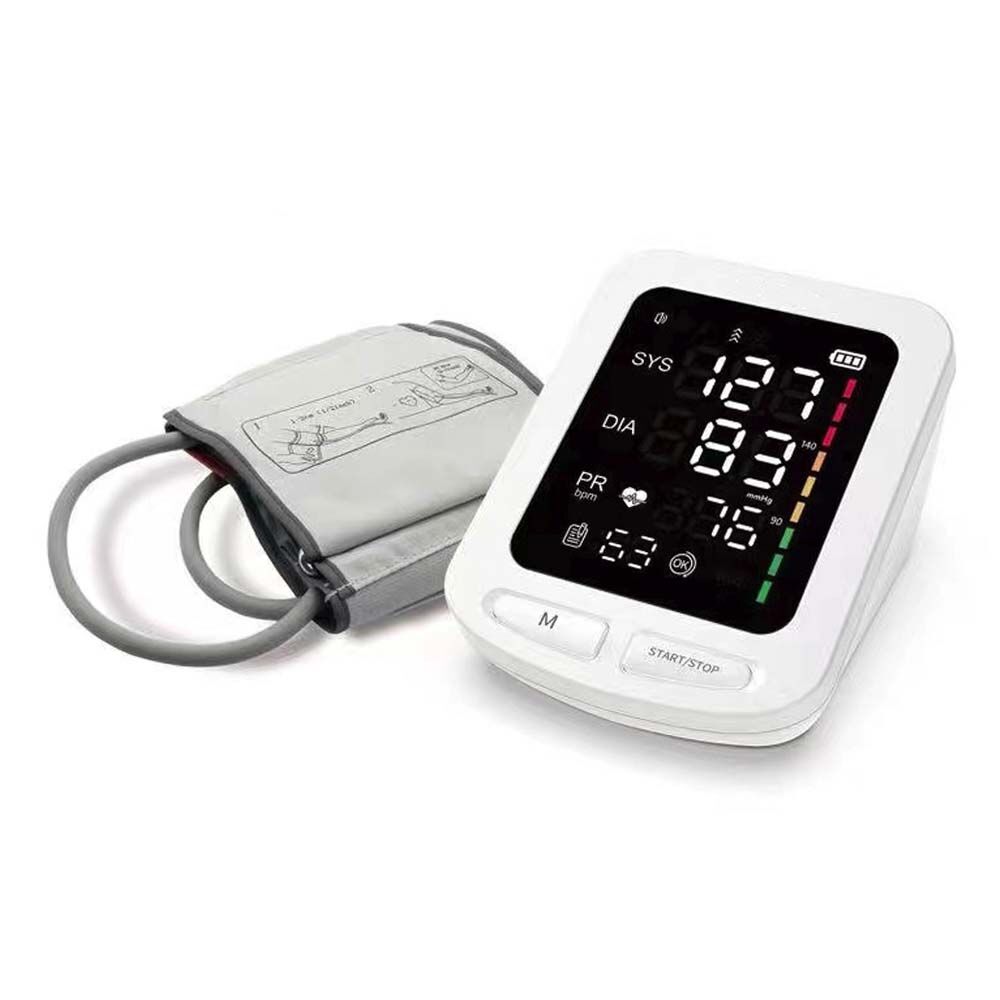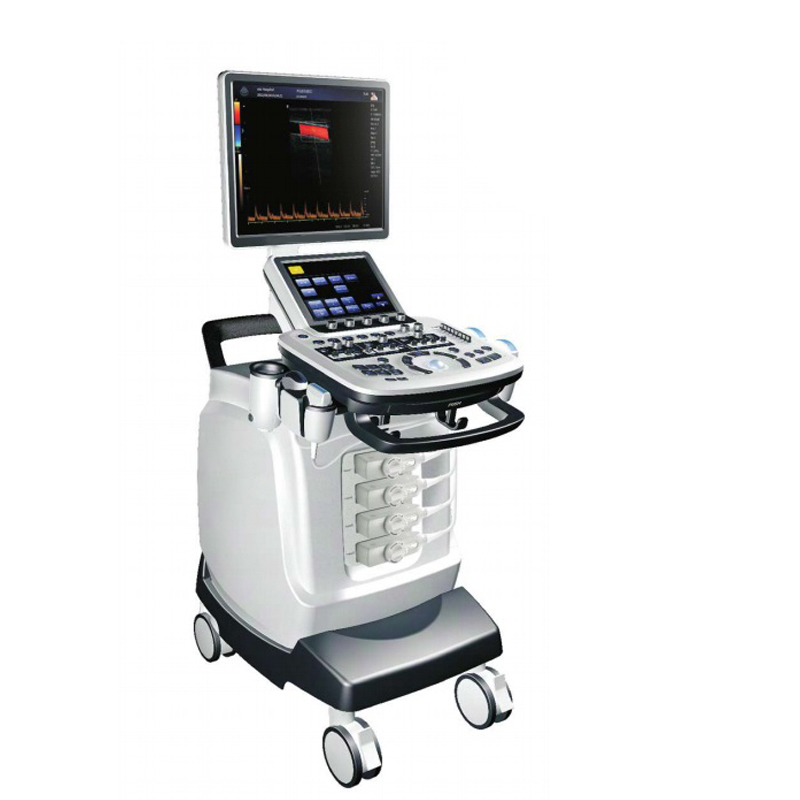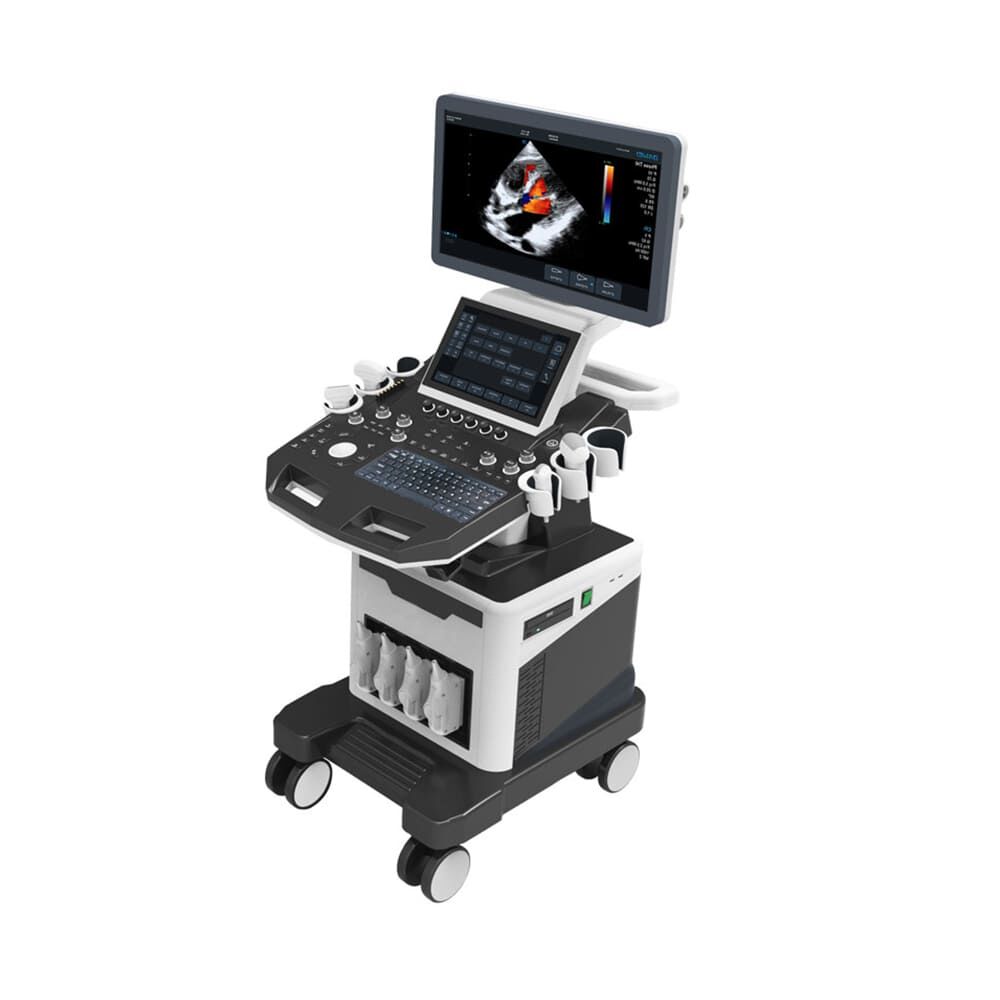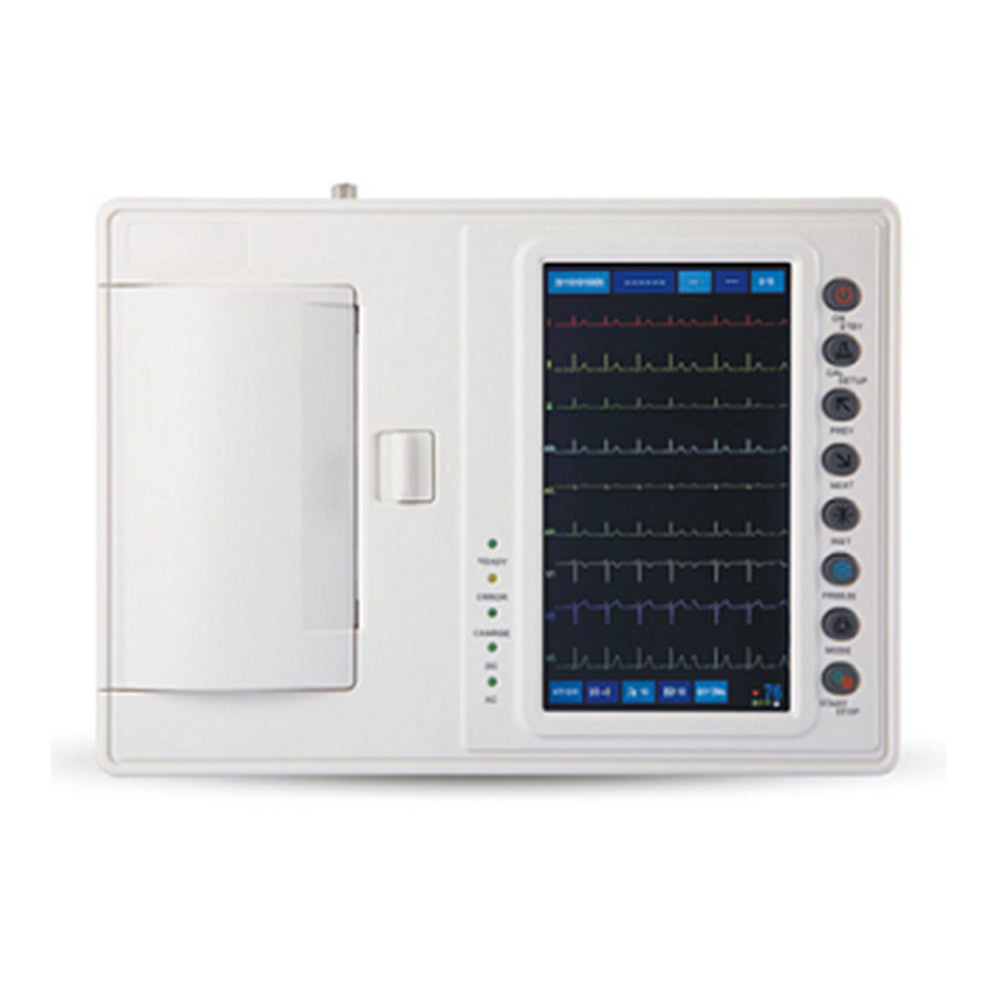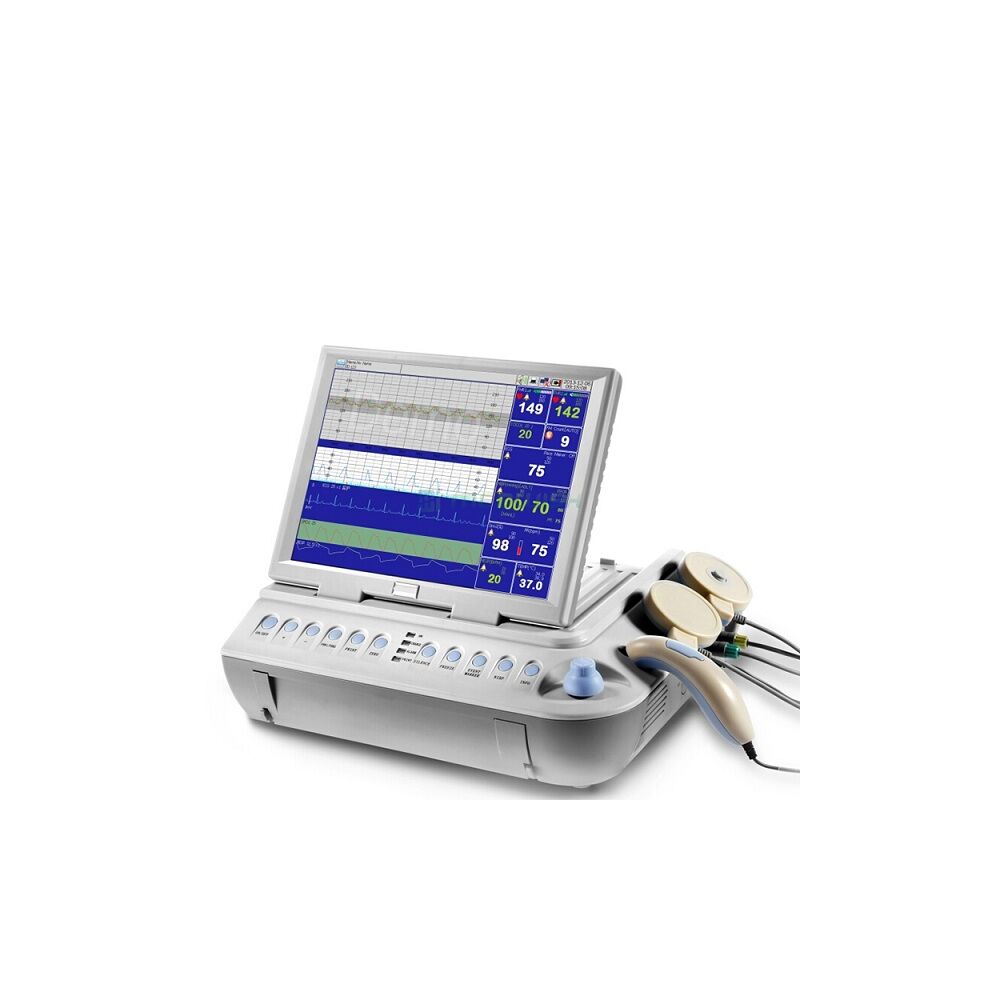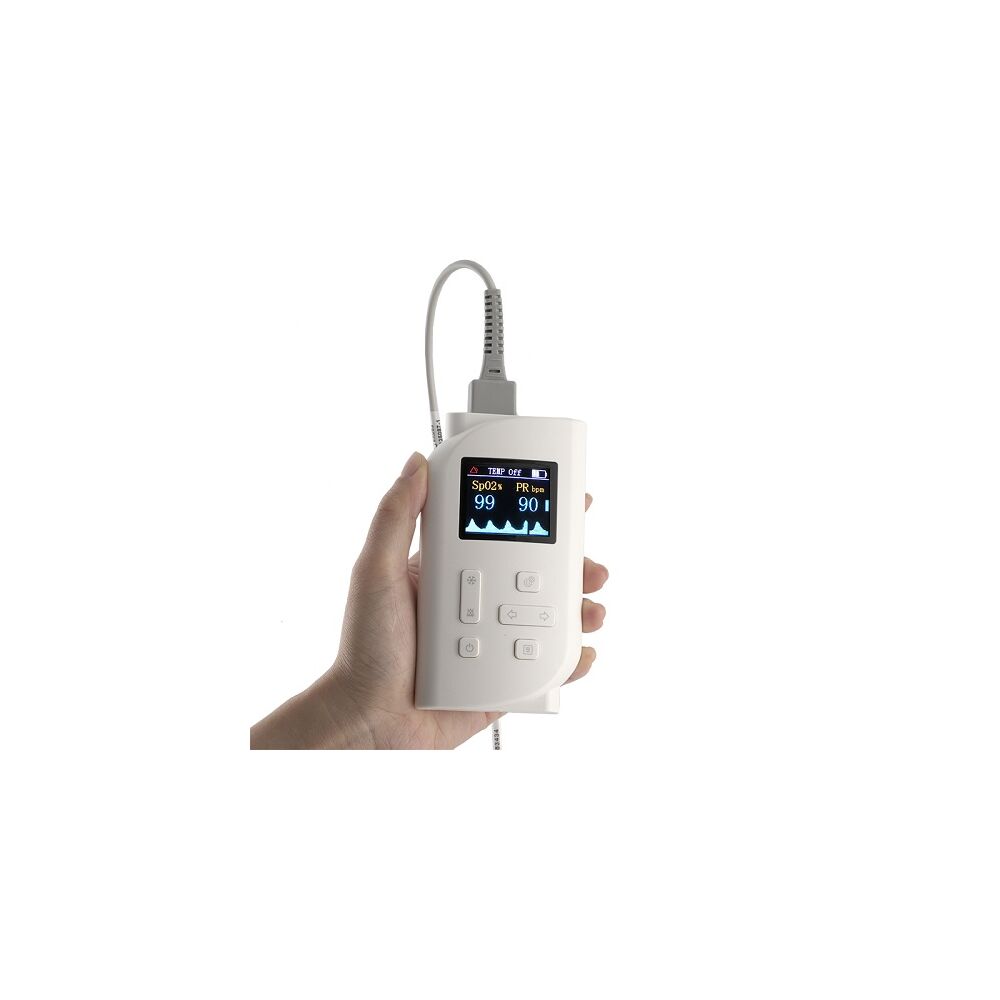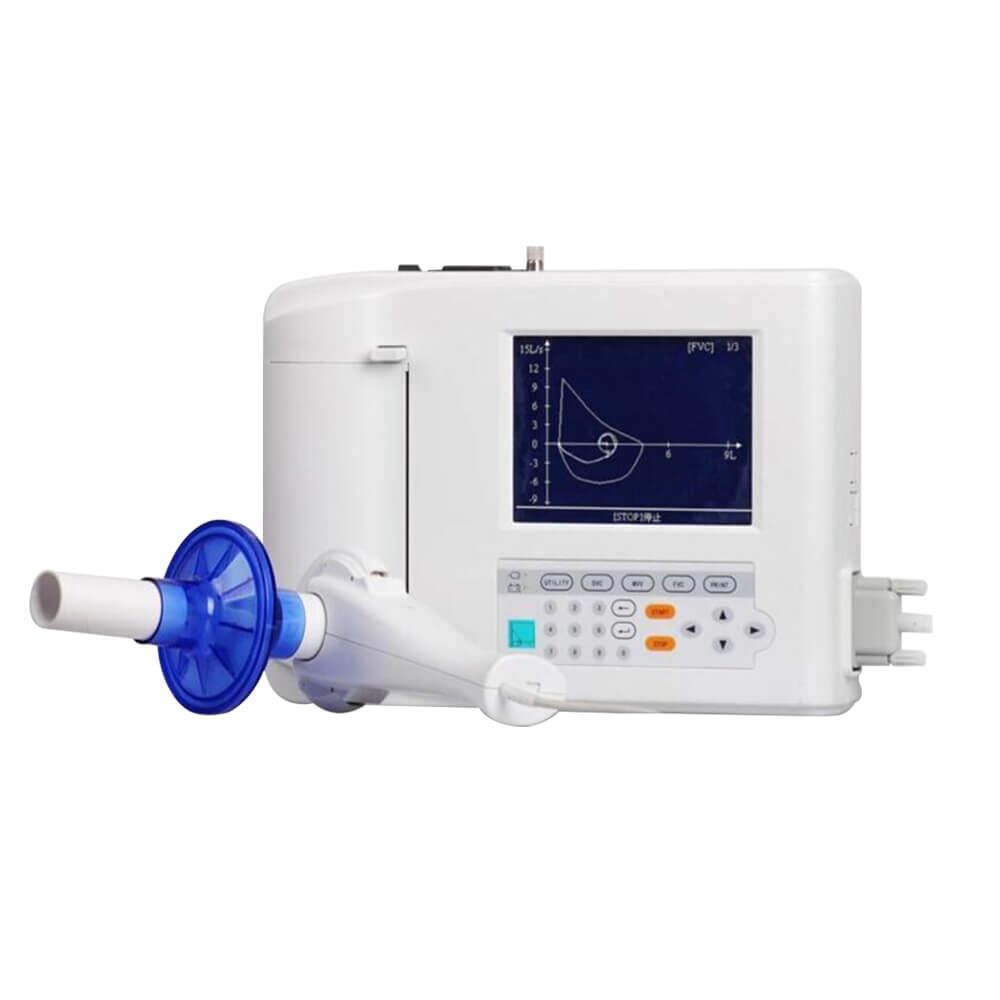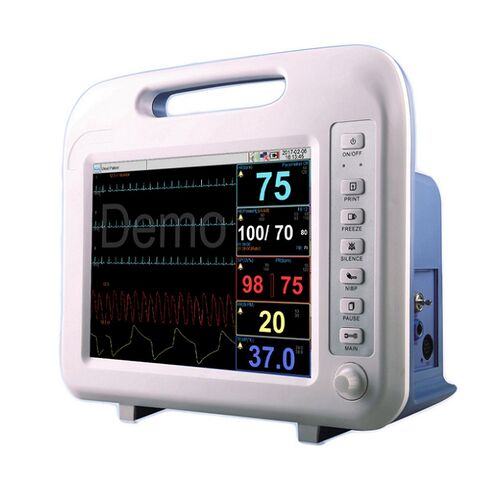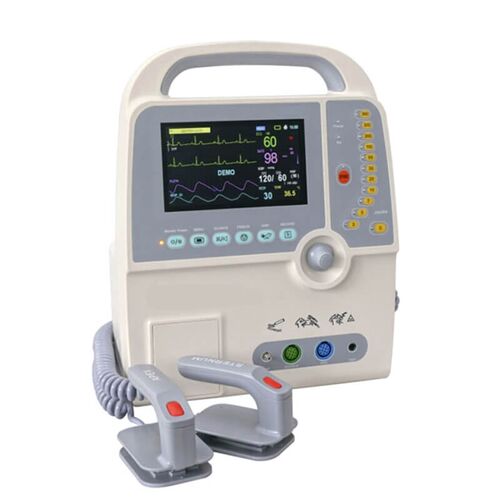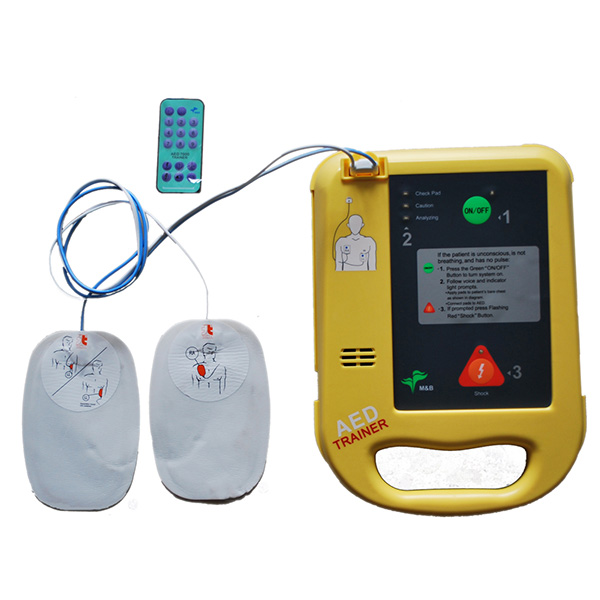Not satisfied with the unit price? Get a free quote on bulk quantities within 8 hours.
- Ward Nursing
- Emergency & First Aid Care
- OR Room & Apparatus
- Maternal & Child Care
- Medical Imaging
- Clinical Trial & LAB
- Vital Signs Monitoring System
- Rehabilitation Therapy
- Sterilization& Disinfection
- ENT& Aesthetic Equipment
- Medical Consumables
- Hospital Solution
- Hemodialysis
- Veterinary Equipment
- FDA Product
- CE Product
- Ward Nursing
- Emergency & First Aid Care
- OR Room & Apparatus
- Maternal & Child Care
- Medical Imaging
- Clinical Trial & LAB
- Vital Signs Monitoring System
- Rehabilitation Therapy
- Sterilization& Disinfection
- ENT& Aesthetic Equipment
- Medical Consumables
- Hospital Solution
- Hemodialysis
- Veterinary Equipment
- FDA Product
- CE Product
What Equipment Is Used in Cardiology?
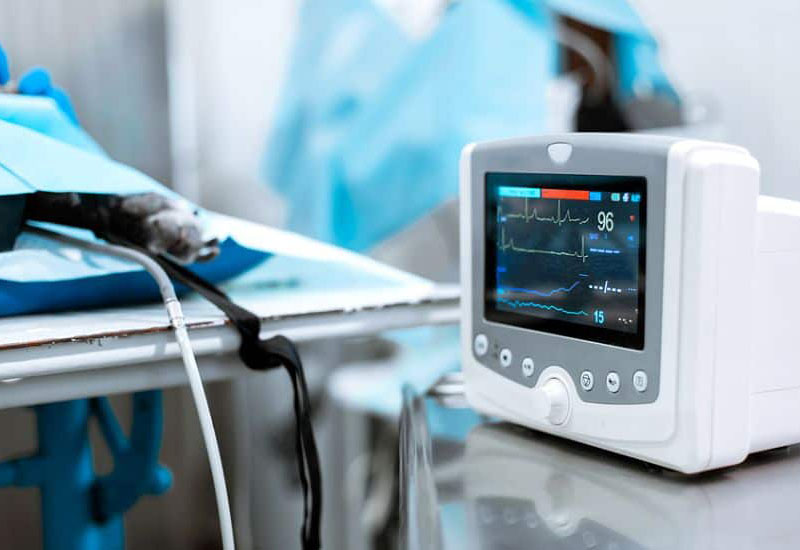
There are various departments in the hospital, one of which is cardiology. This is a field that caters to heart diseases and disorders. And while there is general medical equipment, specific devices are used in cardiology. Examples include ABP monitors, pulse oximeters, spirometers, ECG monitors, and many more.
These pieces of equipment are a must-have in every hospital or cardio therapy facility to cater to inpatients and ambulatory care. Here, we'll discuss some cardiac equipment, their price ranges, and general pros and cons. Read on!
What is Cardiac Equipment?
The cardiac equipment includes all devices or machines used to monitor, maintain, or restore normal cardiac and cardiovascular function. These pieces of equipment vary depending on the disease indication.
Some cardiac instruments perform specific functions like defibrillators, which restore normal heart rhythm. But other devices perform multiple functions. For example, the vital signs monitor measures more than two parameters, including blood pressure and heart rate.
In the next section, we'll discuss a series of cardiac equipment and their average price ranges.
Common cardiac equipment in the hospital and ambulatory settings
ABP Monitors
An ambulatory blood pressure (ABP) monitor is a mini version of the regular digital blood pressure (BP) monitor. It comprises an arm cuff connected to a digital monitor through a rubber tube. The ABP monitor works exactly like the traditional monitors by reading a patient's BP and heart rate but with a different monitoring frequency. It observes a patient's BP regularly over 24 hours.
Cardiologists prefer this device to diagnose and monitor high BP (hypertension). The reason is that the periodic check with the traditional BP monitors is often not concrete to guide diagnosis. Also, doctors believe that the ABP monitor limits white coat syndrome, as patients can use it outside the clinic. The white coat syndrome is a condition in which patients have a high BP due to anxiety that comes with clinical visits.
The ABP monitor is non-invasive. It is typically placed in a belt pouch or shoulder strap pocket. As a result, the monitor is on the patient all day. Interestingly, it doesn't hinder normal daily activities, including sleep. After the 24-hour period is complete, the monitor is returned to the clinic for analysis.
Generally, ABP monitors cost between $112 to $1,210.
Cardiac Ultrasound Machines
Also known as an echocardiography machine, the cardiac ultrasound machine is a non-invasive device that uses sound waves to capture the internal heart and blood vessels. It comprises a transducer placed on the chest to send sound waves to the heart. So when the heart repels the waves, the transducers pick them. After that, the machine uses sound waves to create a picture of the heart. The resulting image helps the doctor to evaluate cardiac function.
Cardiac ultrasound machines work based on any of these technologies, pulsed-wave doppler or continuous-wave doppler ultrasound. The former measures the velocity of blood flow, while the latter measures blood volume. The echocardiography machine is used when a patient experiences the following: chest pain, shortness of breath, cardiac arrest, hypotension, and chest trauma.
While the price may vary depending on the features and brands, the average cost of a cardiac ultrasound machine is between $2500 and $20,000.
Vascular Ultrasound Machines
The vascular ultrasound machine uses sound waves to obtain an image of the blood vessels. With this machine, a cardiologist can observe the arteries and veins across the body to diagnose blockages or blood clots, tumors, atherosclerosis, deep vein thrombosis, etc.
Vascular ultrasound tests also evaluate blood flow velocity, diagnose peripheral artery disease, and evaluate the blood vessels prior to angioplasty. In addition, the vascular ultrasound machine provides images of soft tissues not captured by an x-ray.
Generally, the cost of a vascular ultrasound machine varies depending on the brand, age, and features. But an average machine costs between $5,000 and $40,000.
Electrocardiogram (EKG/ECG) Machines
An ECG machine is used to evaluate the heart's electrical activity. The setup comprises electrodes that are placed on the arms, chest, and legs and connected through wires to a cardiac monitor. The machine then records the natural electrical impulses responsible for the various contractions in the heart. However, it does not transmit electricity to the body.
The ECG reveals the heart rate, rhythm, and strength of the electrical impulses within the heart. Also, there is a standard ECG profile. So any deviation indicates a heart problem. Furthermore, the ECG test helps to evaluate the cause of chest pain, seizures, irregular heartbeat, and implanted pacemaker function. In addition, it can guide cardiologists in diagnosing hypertension, hypotension, arrhythmias, and myocardial injury.
There are different ECG machine types, including 12 Lead, Holter monitor, 5 Lead, 3 Lead, etc. and their prices vary based on type, brands, and features. For example, an average 12 Lead ECG machine costs between $1,000 and $4,000. But high-end ECGs can cost as much as over $20,000.
Fetal Monitor
The fetal monitor evaluates the heart rate and rhythm of a fetus. It is used to diagnose fetal distress in prenatal care and during labor. The standard fetal heart rate is between 110 and 150 beats per minute. So any deviation calls for concern. Also, fetal monitors can measure heart rate variability (HRV).
Fetal monitors are of two types, external and internal monitors. The external model is a doppler ultrasound device that employs sound waves to measure the fetal heart rate. And to detect the heartbeat, the doctor places a probe on the mother's belly. On the other hand, internal monitors are used during child labor when the amniotic sac breaks.
Generally, the price range of a fetal monitor is between $100 and $10,000.
Pulse Oximeter
A pulse oximeter is an electronic device used to measure blood oxygen saturation level (SpO2). The SpO2 value shows the amount of oxygen in the red blood cells. Also, the oximeter can measure a person's pulse rate (PR). The device is placed on the fingertip and uses light to measure the SpO2 and PR.
The pulse oximeter is particularly useful in patients with lung problems. And a healthy SpO2 level is 95%-100%. Also, the device is painless and non-invasive.
Pulse oximeters vary in size and brand. But a typical fingertip oximeter costs about $5 and above. On the other hand, tabletop oximeters can cost as high as $200.
Spirometers
A spirometer is used to evaluate lung function. It measures the volume of air you can inhale and exhale per second or for a certain period. During a pulmonary function test, a patient is required to inhale deeply and exhale through the mouth into a tube connected to the spirometer. Then the results are compared with a standard based on age or sex to diagnose lung problems.
The spirometer can identify obstructive and restrictive ventilation anomalies. As a result, doctors can diagnose lung diseases like asthma, emphysema, pulmonary fibrosis, and bronchitis.
The average price of a spirometer is between $900 and $3,000.
Vital Sign Monitor
The vital signs monitor evaluates a person's physiological status. The basic parameters recorded with the monitors include body temperature, respiration rate, pulse rate, and blood pressure. However, some models include a SpO2 check. Also, there are standards for each parameter, so any deviation indicates an abnormal health condition.
The vital signs monitor price varies between $100 and $5000 depending on the size, brand, and features.
Defibrillators
A defibrillator is an electronic device that triggers electric shock to the heart to revive normal function. Healthcare workers use the defibrillator to restore normal heart rhythm or correct a cardiac arrest. The device has three types: automated external, cardioverter, and wearable cardioverter defibrillators. Defibrillators generally cost between $900 and $1200.
AED machine
An automated external defibrillator (AED) is most common in ambulatory settings and general first aid to correct cardiac arrest and arrhythmias. The machine is compact, battery-powered, and doesn't require special expertise to use. It comprises two adhesive pads with electrodes placed on a victim's chest. The electrode assesses the heart function and transmits the result to the AED monitor. Then if there is an anomaly, the monitor sends an electric shock through the electrodes to the heart to restore normalcy.
AED machines vary in price and functionality. But low-end models cost between $9,000 and $2,000, while the high-end models cost above $2,000.
The Pros of the Cardiac Equipment
● Most cardiac devices are non-invasive.
● They are painless.
● They help alleviate life-threatening conditions.
● Some cardiac equipment can be used at home—for example, a fetal monitor and AED.
The Cons of the Cardiac Equipment
● Most cardiac equipment are expensive, bearing in mind that you may need more than one in your facility.
● Most equipment requires a specialist's attention to use.
Conclusion
Cardiac equipment are essential in every clinical and ambulatory setting as they help alleviate life-threatening. Visit medwish.com if you wish to purchase any of the equipment mentioned in this post. And here is the good news, they are all available at wholesale prices.
No posts found
Write a reviewRecent posts
- How Much Does a Video Laryngoscope System Cost?
- CPR Machine: How Much Does It Cost?
- Types Of Beds In Hospitals: Buy the Best Hospital Beds Online
- How Much Does an ICU Bed Cost?
- Find The Different Types of Medical Lighting Systems Online
- Complete Guide To Oxygen Therapy:Best Oxygen Machine
- What Is Durable Medical Equipment?
- Medical Stainless Steel Table: How to Choose the Suitable One for Hospitals
- Why Should You Upgrade Your Medical Equipment?
- How To Choose The Correct Armboard?
- Need Help?Talk to our Experts!
- Give Us A Call
- info@medwish.com
- Financial Service


